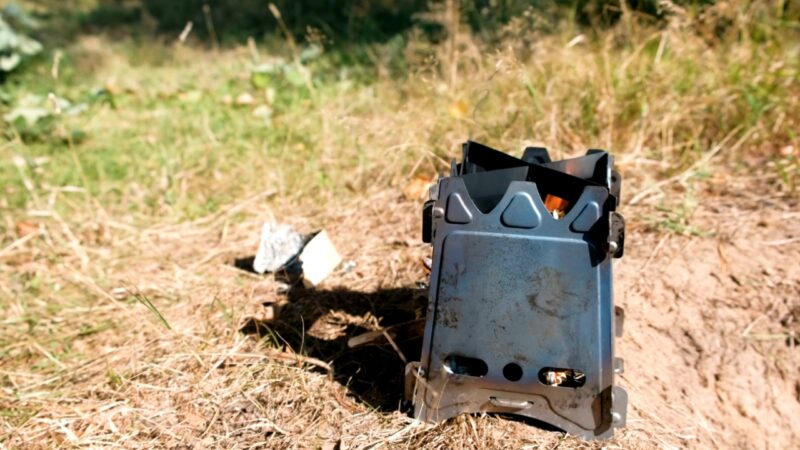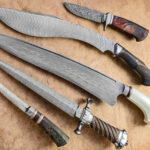Nothing beats the primal pleasure of a wood-fired stove while camping. The aroma of the burning wood, the soothing crackle, the dancing flames, and the charm of cooking on an open fire – it’s the ultimate campfire experience. From providing warmth to doubling as a cooking surface, the importance of a wood-burning camp stove cannot be overstated.
The cozy ambiance created around the stove enhances the camping experience. Moreover, unlike their gas-fueled counterparts, they use readily available fuel, making them perfect for long trips in the wilderness. This comprehensive guide is designed to help you navigate through the complexity of choosing the perfect wood-burning stove for your camping needs. From understanding how they work, and assessing your requirements, to maintenance and essential add-ons, we’ve got it all covered.
Understanding Wood Burning Camp Stoves
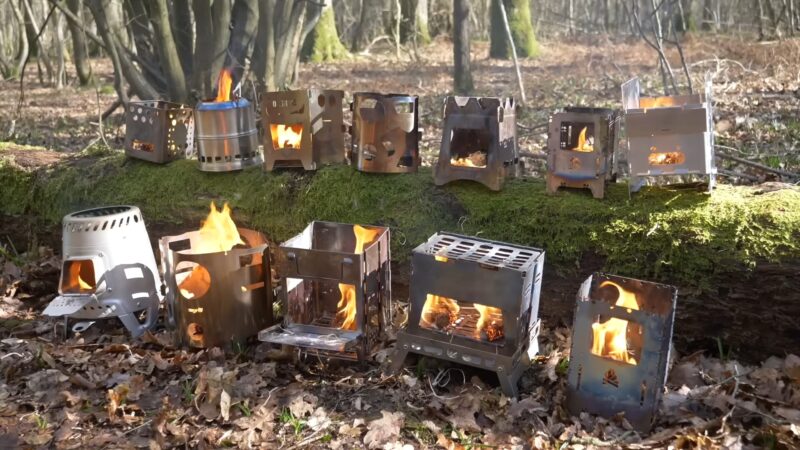
A basic understanding of wood-burning stoves will help you make an informed choice. They are more than just a metal box that burns wood.
How Wood Burning Stoves Work
They operate on the principle of combustion. As the wood burns, it produces heat, radiating into the surrounding area. The design of the stove directs the heat upwards, which can be used to heat a pot or pan for cooking.
Advantages
The primary advantage of these stoves is their fuel source – wood and biomass are readily available in nature, reducing the need to carry fuel. They are environmentally friendly and create a wonderful camping atmosphere.
Different Types and Designs are Available
The market is flooded with different designs and types, each with its pros and cons. From traditional box stoves, collapsible stoves, and rocket stoves, to gasifier stoves, the choices are aplenty.
Factors to Consider
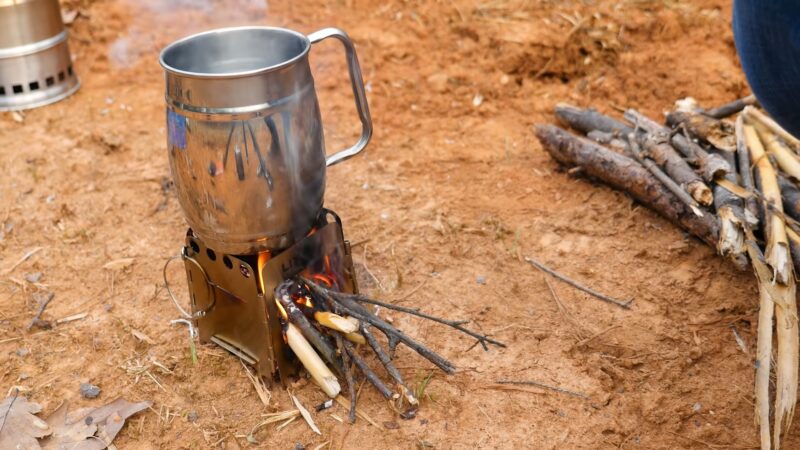
Choosing the right stove can seem daunting given the variety of options. However, considering the following factors can simplify the process.
Portability and Weight
Lightweight and compact designs are ideal for backpacking trips, while larger, heavier models are suitable for car camping or base camps. Collapsible models offer an excellent balance between portability and functionality.
Fuel Efficiency and Burn Time
Efficiency determines how well the stove utilizes the fuel. High-efficiency ones offer longer burn times, reducing the need for frequent refueling.
Cooking Capabilities
Consider your cooking needs – will you make quick meals or indulge in gourmet cooking? Ones with a larger surface area provide better cooking versatility.
Durability and Construction
Look for a sturdy construction that can withstand harsh outdoor conditions. Stainless steel and titanium models are known for their durability and rust resistance.
Safety Features
Safety features such as a stable base, an effective ventilation system, and a sturdy door to protect from sparks are essential.
Types of Wood Burning Camp Stoves
Understanding the different types of wood-burning stoves will help you pick the right one.
Traditional Box
These are the most straightforward designs, featuring a metal box with a door and a flue. They’re robust, reliable, and suitable for prolonged use.
Collapsible Stoves
These can be dismantled and packed flat, making them ideal for backpacking. They offer a good balance between weight, size, and functionality.
Rocket Stoves
Known for their efficiency, they direct heat upwards in a concentrated area. They burn less fuel and are great for boiling water quickly.
Gasifiers
These high-tech stoves utilize wood gasification to burn the wood completely, offering a clean, smoke-free burn. They’re highly efficient but slightly more complex to operate.
Evaluating Performance and Efficiency
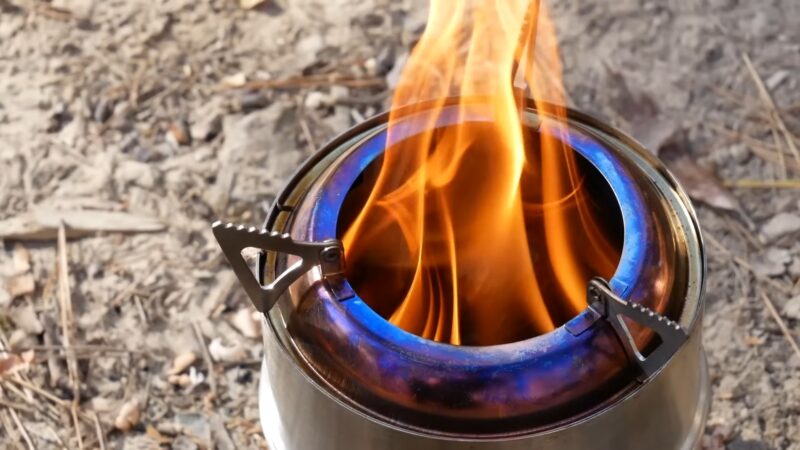
Performance and efficiency are critical to a good camping experience.
Heat Output and Temperature Control
Heat output is measured in BTUs (British Thermal Units). A higher BTU indicates a stronger heat output. Adjustable air vents allow for temperature control.
Efficiency Ratings and Energy Consumption
Efficiency ratings indicate how much of the wood’s energy is converted into usable heat. An efficient stove maximizes the energy derived from the fuel.
Ability to Handle Various Cooking Needs
A versatile stove can accommodate different cooking styles, from slow cooking to high-heat searing.
Choosing the Right Size and Capacity
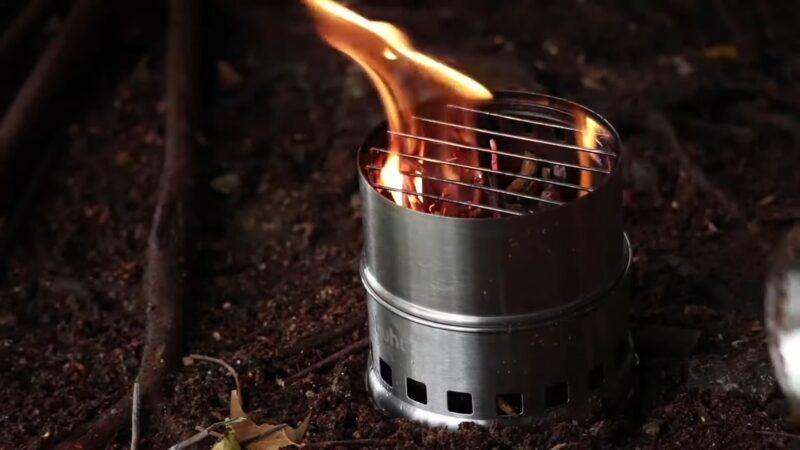
Size and capacity should be in line with your camping needs.
Determining Your Camping Needs
If you’re solo camping, a small stove is sufficient. However, for family or group camping, opt for a larger model.
Group Size and Cooking Requirements
Larger groups and elaborate cooking demand larger stoves with bigger cooking surfaces.
Balancing Size and Weight Considerations
While a larger stove offers more cooking space, it also adds to the weight. Strike a balance between size and weight based on your camping style and load-carrying capacity.
Assessing Fuel Options
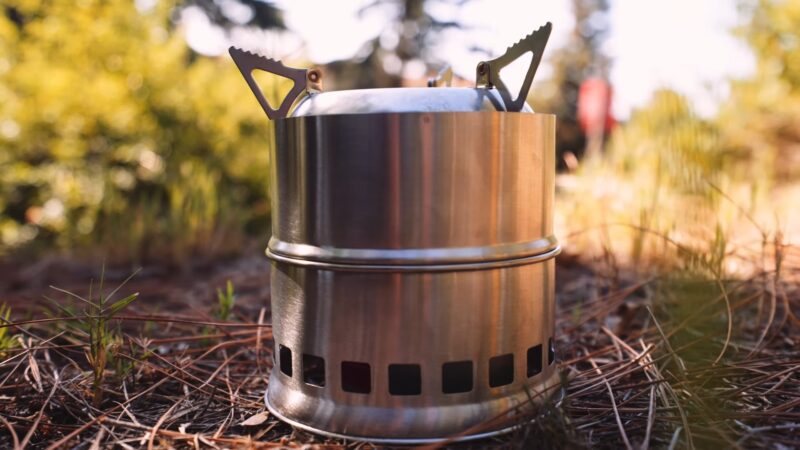
Different stoves require different types of fuel. Consider the availability and compatibility of fuel sources.
Availability of Wood or Biomass
Wood is a readily available fuel source in most camping locations. However, ensure that collecting wood is permitted and sustainable.
Compatibility with Alternative Fuel Sources
Some of them are compatible with alternative fuels like pellets or alcohol. This can be handy in situations where wood isn’t available.
Environmental Impact and Sustainability
Wood burning is carbon-neutral and doesn’t deplete fossil fuels, making it eco-friendly. However, ensure responsible use to minimize the impact on the environment.
Budget Considerations
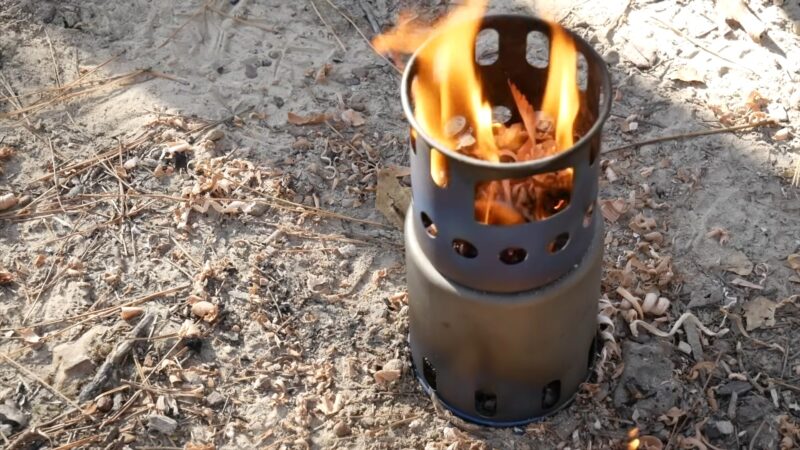
Your budget will significantly influence your choice. But remember, a higher price doesn’t always equate to better quality.
Price Range of Wood Burning Camp Stoves
Prices vary widely depending on the design, material, brand, and features. Basic models start from as low as $20, while high-end models can cost several hundred dollars.
Long-Term Cost Implications
They have minimal operational costs as the fuel is usually free. However, consider the cost of replacement parts and maintenance.
Balancing Budget with Desired Features
Identify your non-negotiable features and balance these with your budget. It’s better to invest in a slightly expensive stove that meets your needs than a cheaper one that falls short.
Reading Reviews and Comparisons

Reviews and comparisons can offer valuable insights into real-world performance and reliability.
Researching Customer Reviews
Customer reviews provide a realistic picture of the product’s pros and cons. Look for common issues or complaints.
Evaluating Expert Recommendations
Expert reviews and recommendations can provide detailed insights into the stove’s performance, efficiency, and durability.
Comparing Different Models and Brands
Every brand and model has its strengths and weaknesses. Compare the features, performance, and reviews of different models before choosing.
Maintenance and Care

Proper maintenance ensures the longevity of your stove.
Cleaning and Upkeep Requirements
Regular cleaning prevents soot buildup and maintains performance. Some models may require periodic oiling or rust protection.
Replacing Parts and Accessories
Parts like grates and air vents may need replacement over time. Check the availability and cost of spare parts.
Storage Considerations
Ensure the stove is cool, clean, and dry before storage to prevent damage or rusting. Some models come with a carry case for safe storage.
Essential Accessories and Add-Ons
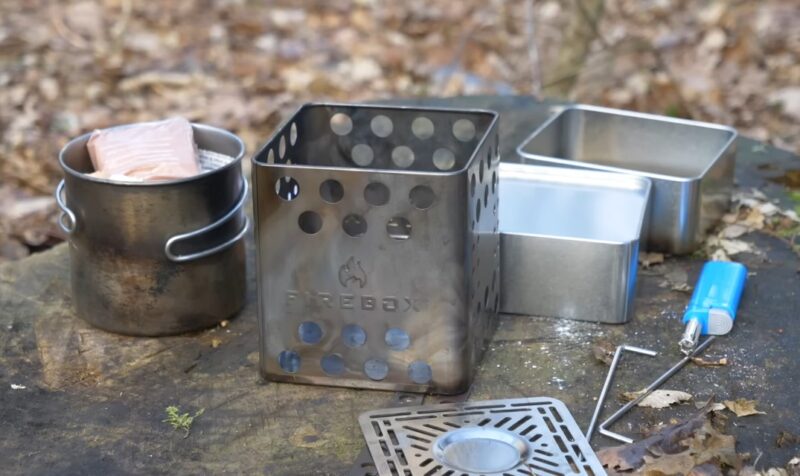
Certain accessories can enhance your cooking experience.
Cooking Utensils and Pots
Consider sturdy pots and pans that can withstand the high heat of wood fires.
Firestarters and Kindling Tools
Firestarters make it easy to light the stove. A good knife can help in preparing to Kindle.
Windshields and Heat Shields
Windshields protect the flame from being blown out, while heat shields protect the ground or table underneath the stove.
FAQs
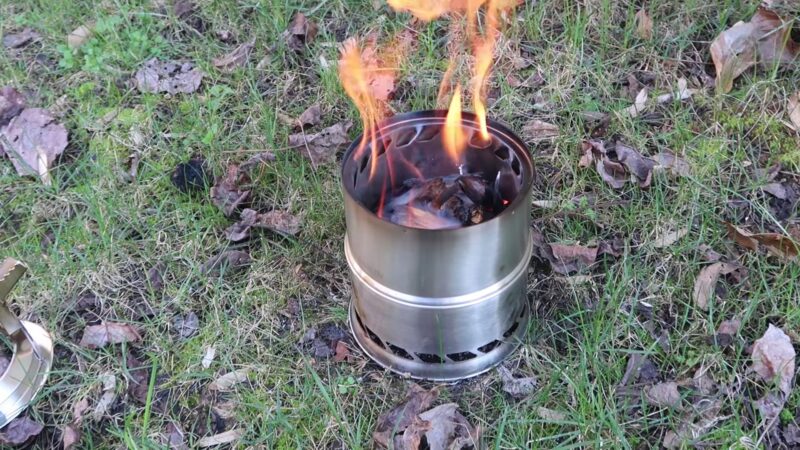
What Types of Fuel Can I Use in A Wood-Burning Camp Stove?
While wood is the primary fuel source, some of them are compatible with alternative fuels like pellets or alcohol. Always check the manufacturer’s guidelines about compatible fuels.
How Much Does a Wood-Burning Camp Stove Cost?
The price range varies widely depending on the design, material, brand, and features. Basic models can start from as low as $20, while high-end models can cost several hundred dollars.
How Do I Maintain It?
Regular cleaning is essential to prevent soot buildup. Some models may require periodic oiling or rust protection. Always ensure the stove is cool, clean, and dry before storage.
What Accessories Do I Need for A Wood-Burning Camp Stove?
Accessories can include cooking utensils and pots, firestarters, kindling tools, and windshields or heat shields. Your cooking style and camping conditions will dictate what accessories you might need.
Can They Be Used Indoors?
Wood-burning camp stoves should not be used indoors due to the risk of carbon monoxide poisoning. They are designed for outdoor use with ample ventilation.
Conclusion
Choosing the right wood-burning camp stove can greatly enhance your camping experience. Consider your needs, understand the different options, and make an informed decision. From understanding how they work to considering various factors such as size, efficiency, budget, and reviews, choosing a stove requires thorough consideration.
We hope this guide empowers you to make an informed decision and choose the perfect stove for your next camping adventure. Remember, the right wood-burning stove isn’t just about cooking or heat. It’s about creating those unforgettable camping memories around a cozy fire. Here’s to great camping experiences ahead!

